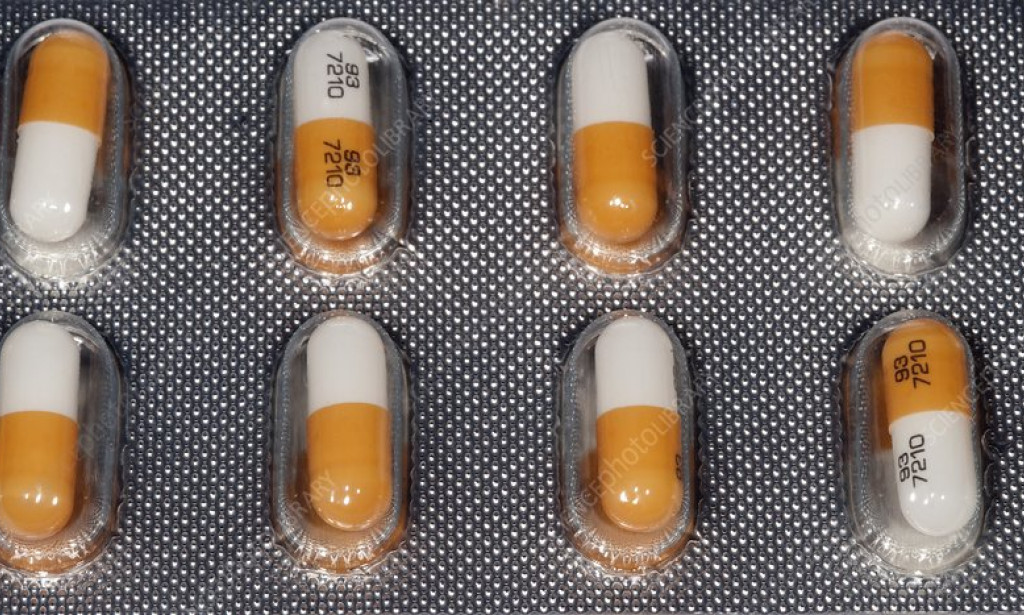Introduction
The main determinants of mean arterial blood pressure are cardiac output and total peripheral resistance. Physiologically, in normal individuals, blood pressure is maintained in normal range by moment-to-moment regulation of cardiac output and peripheral vascular resistance by an extensive array of stabilizing mechanisms, with the sympathetic nervous system and the kidney as the most important regulators. Sympathetic nervous system (baroreflex) is mostly regulated short-term change in blood pressure, whereas the kidney will determine at what level blood pressure will be maintained in long term (Guyton, et al., 1995).
Since mean arterial pressure is the product of cardiac output and systemic vascular resistance, all antihypertensive drugs reduce blood pressure by directly or indirectly affecting cardiac output and systemic vascular resistance. Moreover, all antihypertensive agents produce these effects by acting at one or more of the four anatomic control sites including heart, kidney and blood vessels (Arterioles and venules). Based on current pathophysiological concepts, drugs have been designed that can lower cardiac output or vascular resistance, increase urinary sodium output or modulate vessel wall properties. Most of antihypertensive agents produce these effects by acting via sympathetic nervous system and the renin–angiotensin system since both systems play an important role in regulation of blood pressure. Based on their effect on lowering blood pressure and principal regulatory site or mechanism on which they act, there are five main classes of antihypertensive agents, including diuretics, beta-blockers, calcium antagonists, ACE inhibitors and angiotensin receptor antagonists (Turnbull, 2003). But in this article we are concerned with only ACE inhibitors, Calcium chanel blocker and angiotensin receptor antagonists.
ACE Inhibitors
ACE inhibitors are considered second-line therapy to diuretics in most patients with hypertension (Chobanian, et al., 2003). ACE inhibitors competitively inhibit ACE enzymes, mimicking the structure of its substrate and thereby block the conversion of angiotensin I to angiotensin II (Brown,et al., 1998). Inhibition of Angiotensin II formation (which acts at AT-1 receptors and stimulating vasoconstriction and aldosterone release) will reduce both the vasoconstrictor and Na+ retention effects of the RAAS, explaining their antihypertensive action. ACE inhibitors also block the degradation of bradykinin and stimulate the synthesis of other vasodilating substances, including prostaglandin ET2 and prostacyclin. The net results are reduced vasoconstriction, reduced sodium and water retention, and increased vasodilation (through bradykinin) (Brown,et al., 1998).
Angiotensin Receptor Blockers
The angiotensin receptor blockers (ARB) binding to type I angiotensin II receptors (AT1) and thereby antagonize or block the effects of angiotensin II type 1 receptor mediated effects of Ang II. This effect is more specific on AT-II action, and less or none on bradykinin production or metabolism. Clinical use of angiotensin receptor blockers (losartan) is similar to ACE inhibitors. Compared to ACE inhibitors, losartan has the advantage of not causing cough and angioedema, which are effects of bradykinin (Schmieder, 2005). Losartan was the first selective AT1R-blocking agent available on the market and has a short half-life of about 2 hours, but it is converted via cytochrome P450 2C9 (CYP) and CYP3A4 to a longer acting active metabolite, which is responsible for the most of the pharmacological activity of losartan (Sica, et al., 2005).
Calcium Channel Blockers (CCBs)
Calcium channel blockers are not first-line agents but are very effective antihypertensive agents, especially in African-American patients. Calcium channel blockers bind to L-type calcium channels and reduce calcium influx.This can have its effect at three locations: (1) the conducting system of the heart—the drugs slow the conductance of cardiac excitation, (2) the contractile cardiac myocytes—the drugs reduce the force of contraction and (3) the vascular smooth muscle cells—the drugs vasodilate, seen in a wide manner across arterial beds. This is predominantly on the arterial side, including the resistance precapillary arterioles, leading to a reduction in peripheral resistance which in turn reduce blood pressure. Dihydropyridine is most commonly used calcium channel blockers and have preferential action on the vasculature, acting as vasodilators, accounting for their widespread use in the management of hypertension (Beevers, et al., 2007).


You must be logged in to post a comment.